Blogs & News
We are focus on automotive wiring harness & connectors technology.
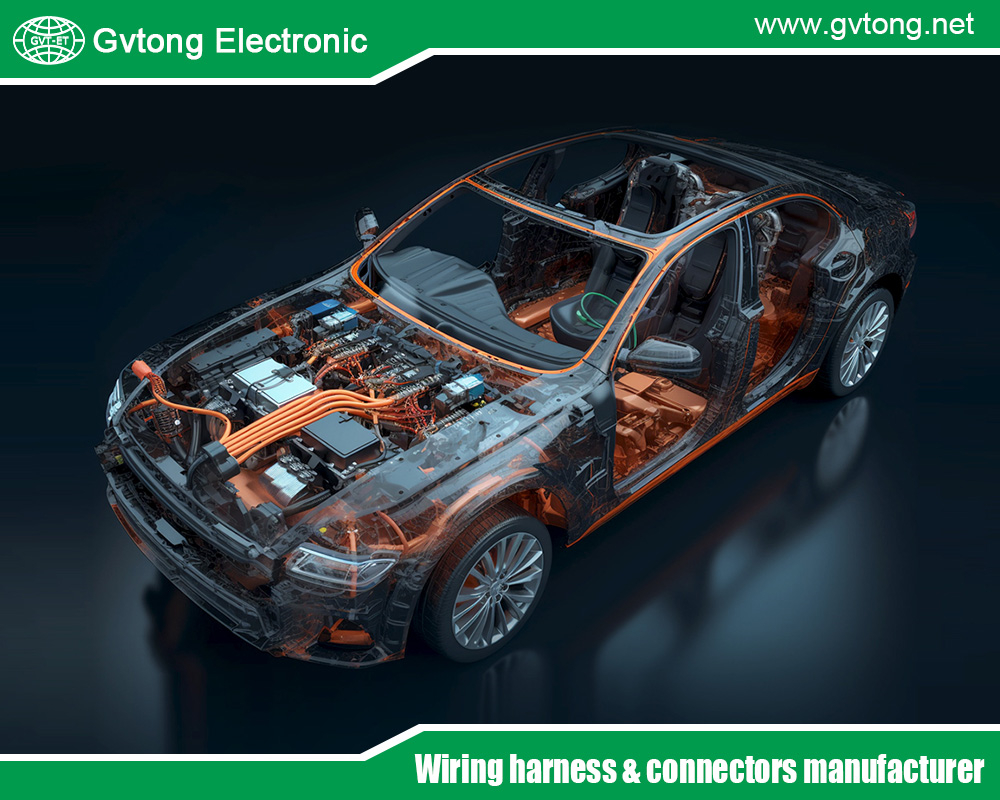
Tips for Selecting Heat-Resistant Wiring in Vehicle Hot Spots
- Gvtong Electronic
- automotive antenna connector, automotive coaxial connector, automotive data connector, automotive diagnostic connector, automotive electrical connector, automotive high - frequency, automotive High voltage connector, automotive hybrid connector, automotive Low voltage connector, automotive low voltage electrical wiring connectors, automotive low voltage electrical wiring connectors in russia, automotive low voltage wiring connectors in russia, Automotive Low Voltage Wiring Harness, automotive Oil-resistant Connectors, automotive optical fiber connector, automotive power distribution, Automotive power distribution connector, automotive Signal Connector, automotive vibration - resistant, automotive waterproof connectors, Automotive Wiring, automotive wiring connectors malaysia, automotive wiring hamess, Automotive Wiring Harness Companies, automotive wiring harness connectors and terminals, Automotive Wiring Harness Market, automotive wiring manufacturer, automotive wiring supplier, Best Automotive Wiring Harness Companies, Best Automotive Wiring Harness Companies Philippines, car wiring, car wiring factory, car wiring manufacturer, car wiring supplier, Electrical Wiring Connector Suppliers from Thailand, heat-resistant wiring, heat-resistant wiring in vehicle, heat-resistant wiring in vehicle hot spots, heat-resistant wiring manufacturer, heat-resistant wiring market, heat-resistant wiring supplier, heat-resistant wiring system
- No Comments
Tips for Selecting Heat-Resistant Wiring in Vehicle Hot Spots
Modern vehicles rely on complex electrical systems to power critical components like engines, sensors, and advanced driver-assistance systems (ADAS). However, areas like engine compartments, exhaust systems, and battery zones—known as hot spots—expose wiring to extreme temperatures, often exceeding 150°C. Selecting heat-resistant wiring is essential to prevent insulation degradation, electrical failures, and safety risks such as short circuits or fires. With the rise of electric vehicles (EVs) and hybrid systems, the demand for durable, high-temperature wiring has intensified. This article provides practical tips for selecting heat-resistant wiring, focusing on material choices, design considerations, and industry standards. By understanding vehicle hot spots and leveraging advanced materials and protective measures, manufacturers, mechanics, and vehicle owners can ensure reliable performance and longevity in harsh thermal environments.
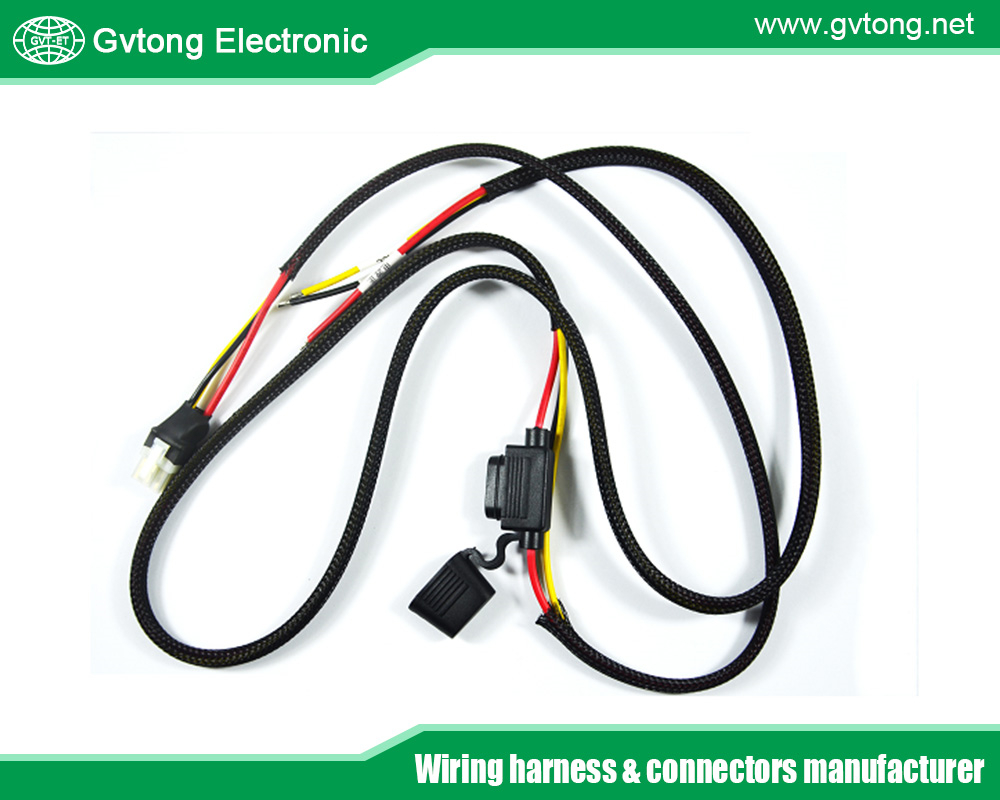
Understanding Vehicle Hot Spots and Wiring Challenges
Vehicle hot spots are areas exposed to high temperatures due to engine operation, exhaust systems, or electrical components. Common hot spots include:
- Engine Compartment: Temperatures can reach 150–200°C near manifolds or turbochargers.
- Exhaust System: Wiring near exhaust pipes faces radiant heat up to 500°C.
- Battery and EV Systems: High-voltage battery packs in EVs generate heat up to 100°C during charging or operation.
- Braking Systems: Regenerative braking in hybrids produces localized heat near wiring.
High temperatures degrade standard wiring insulation (e.g., PVC, rated for 80°C), causing brittleness, cracking, or melting, which leads to short circuits or signal failures. For example, a degraded sensor wire in the engine bay can trigger a P0135 code (oxygen sensor heater fault). Additional challenges include vibration, chemical exposure (e.g., oil, coolant), and thermal cycling, which accelerate wear. Selecting heat-resistant wiring requires balancing thermal performance, flexibility, and cost while adhering to standards like ISO 6722 and SAE J1128.
Tips for Selecting Heat-Resistant Wiring
- Choose High-Temperature Insulation Materials
Select insulation materials designed for high-temperature environments:
- Cross-Linked Polyethylene (XLPE): Rated for 125–150°C, XLPE offers excellent thermal and chemical resistance, ideal for engine compartments (e.g., Yazaki’s XLPE cables).
- Fluoropolymers (PTFE, FEP): Withstand up to 200–260°C, suitable for extreme hot spots like turbochargers (e.g., TE Connectivity’s PTFE-insulated wires).
- Silicone: Flexible and heat-resistant up to 200°C, used in high-vibration areas like engine harnesses (e.g., Sumitomo Electric’s silicone cables).
- Polyimide: Rated for 250°C+, ideal for aerospace-grade automotive applications.
For example, PTFE insulation is used in EV battery harnesses to handle high temperatures and maintain flexibility. Ensure insulation meets ISO 6722 for thermal endurance.
- Select Appropriate Conductor Materials
Copper is the standard conductor due to its conductivity, but coatings enhance heat resistance:
- Tin-Plated Copper: Resists oxidation at temperatures up to 150°C, common in engine bay wiring.
- Silver-Plated Copper: Suitable for 200°C+ applications, used in high-performance vehicles.
- Aluminum: Lightweight alternative for EVs, requiring larger gauges to match copper’s conductivity (e.g., Leoni’s aluminum cables).
Choose conductor gauges based on current load (per SAE J1128) to prevent overheating. For instance, a 16 AWG tin-plated copper wire supports a 15A circuit in a 125°C environment.
- Use Protective Sheathing and Conduits
Protect wiring from radiant heat and abrasion:
- Braided Sleeves: Fiberglass or Nomex sleeves (e.g., Techflex’s FireFlex) shield wires from heat up to 260°C.
- Corrugated Conduits: Polyamide or nylon conduits (e.g., HellermannTyton’s HelaGuard) protect against heat and debris.
- Heat Shields: Aluminum or ceramic-coated shields deflect radiant heat near exhaust systems.
For example, a braided sleeve over a fuel injector harness prevents insulation melting near exhaust manifolds. Ensure sheathing meets IP67 ratings for moisture resistance in exposed areas.
- Optimize Wire Routing and Securing
Proper routing minimizes heat exposure:
- Avoid Hot Surfaces: Route wires away from exhaust pipes, turbochargers, or battery packs, maintaining a minimum clearance (e.g., 50 mm per ISO 6722).
- Use Heat-Resistant Clips: Nylon or metal clips secure harnesses, reducing vibration-induced wear.
- Grommets and Edge Guards: Protect wires passing through metal panels from heat and abrasion.
For instance, routing a sensor harness away from a catalytic converter prevents thermal damage. Strain relief at connectors ensures flexibility without compromising insulation.
- Ensure Compliance with Industry Standards
Select wiring that meets automotive standards:
- ISO 6722: Specifies thermal, chemical, and abrasion resistance for automotive cables.
- SAE J1128: Defines wire gauge and insulation requirements for low-voltage systems.
- UL 758: Ensures flame resistance for wiring in hot spots.
For example, XLPE-insulated wires meeting ISO 6722 Class D (150°C) are suitable for engine compartments. Verify certifications through supplier documentation or testing reports.
Testing and Validation for Heat-Resistant Wiring
Testing ensures wiring withstands hot spot conditions:
- Thermal Endurance Testing: Simulates prolonged exposure to high temperatures (per ISO 6722) to verify insulation integrity.
- Vibration Testing: Ensures wires resist fatigue in high-vibration areas (per ISO 16750).
- Abrasion Testing: Confirms insulation durability against rubbing (per ASTM D4066).
- Thermal Cycling: Tests performance under repeated heating and cooling cycles.
For example, Yazaki conducts thermal cycling tests to ensure XLPE wiring withstands 150°C for 3,000 hours. Mechanics can use thermal imagers to identify hot spots during vehicle operation, ensuring wiring placement avoids excessive heat. Post-installation, continuity tests with a multimeter verify connection integrity.
Applications and Case Studies
Heat-resistant wiring is critical in:
- Engine Compartments: Silicone-insulated wires power fuel injectors and oxygen sensors (e.g., Delphi’s engine harnesses).
- Electric Vehicles: PTFE-insulated high-voltage cables connect battery packs (e.g., Tesla’s Model 3 harnesses).
- Exhaust Systems: Nomex-sleeved wires support sensors near catalytic converters.
- Hybrid Systems: XLPE cables handle regenerative braking heat.
Case Study: A European automaker experienced sensor failures in turbocharged engines due to PVC insulation melting at 180°C. Switching to PTFE-insulated wires and adding fiberglass sleeves reduced failures by 90%, improving reliability and reducing warranty costs.
Challenges in Selecting Heat-Resistant Wiring
Challenges include:
- Cost vs. Performance: High-temperature materials like PTFE are expensive, challenging budget-conscious designs.
- Weight Considerations: Heat-resistant insulation adds bulk, impacting EV efficiency.
- Compatibility: Ensuring materials resist chemicals like oil or coolant in hot spots.
- Complex Routing: Avoiding hot spots in compact engine bays requires careful planning.
- Regulatory Compliance: Meeting ISO and SAE standards increases testing costs.
Solutions include using cost-effective XLPE for moderate hot spots, lightweight aluminum conductors, and modular harness designs for easier routing.
Advancements and Future Trends
Emerging innovations include:
- High-Temperature Polymers: Next-generation fluoropolymers withstand 300°C+ for EV applications.
- Smart Harnesses: IoT sensors monitor temperature and insulation health in real-time (e.g., TE Connectivity’s smart cables).
- Lightweight Conductors: Carbon-based conductors reduce weight while maintaining thermal resistance.
- Self-Healing Insulation: Experimental coatings repair minor thermal damage, extending wire life.
- Sustainable Materials: Bio-based insulation aligns with environmental regulations.
Future trends include wireless power transfer to reduce wiring in hot spots, AI-driven thermal mapping for optimized routing, and 3D-printed harnesses for custom designs, enhancing durability and efficiency.
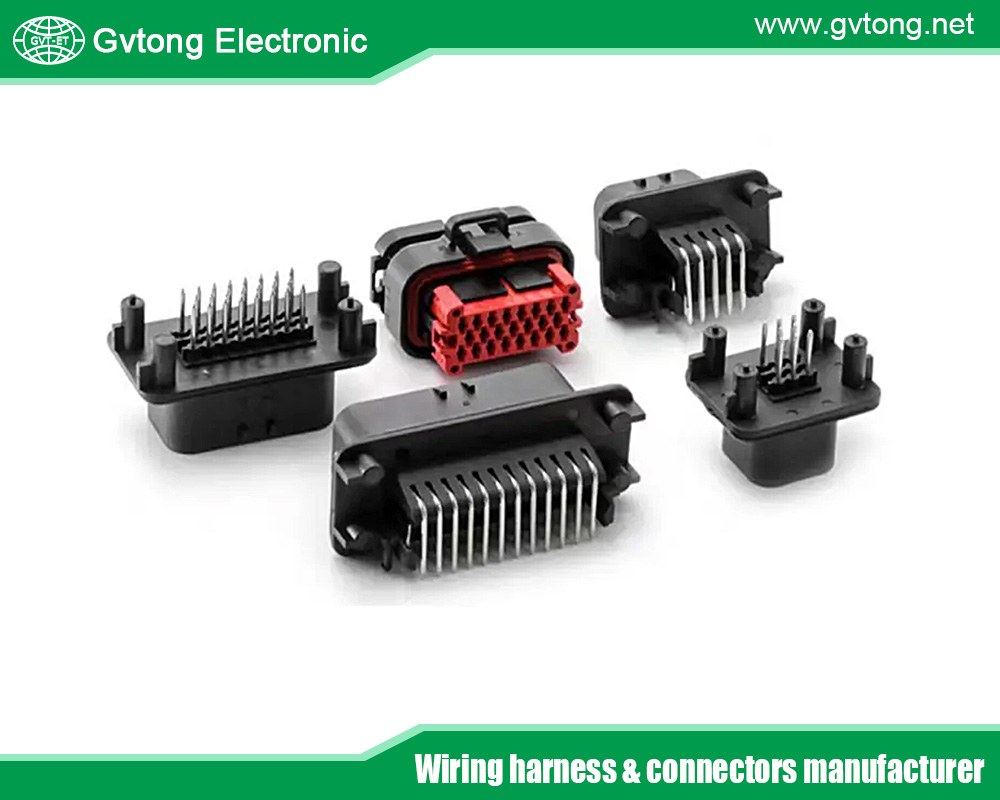
Conclusion
Selecting heat-resistant wiring for vehicle hot spots is critical for ensuring reliability, safety, and performance. By choosing high-temperature materials like XLPE or PTFE, using protective sheathing, optimizing routing, and adhering to standards like ISO 6722, manufacturers and mechanics can mitigate thermal damage. Testing validates wiring durability, while innovations like smart harnesses and lightweight conductors address modern challenges. As vehicles evolve with EVs and autonomous systems, heat-resistant wiring will play a pivotal role in maintaining functionality in extreme conditions. By following these tips and staying informed about advancements, stakeholders can enhance vehicle longevity and reduce costly failures.
For more about the tips for selecting heat-resistant wiring in vehicle hot spots, you can pay a visit to Gvtong at https://www.gvtong.net/ for more info.
Recent Posts
The Best GR Series-Circular Connectors Manufacturer
The Best GD Series Combined Power Connector Manufacturer
A Guide to Selecting the Best GH Series Plastic Connector Manufacturer
How High Pressure Connectors Work?
The Best Automotive Connector Companies
Tags
Recommended Products
-
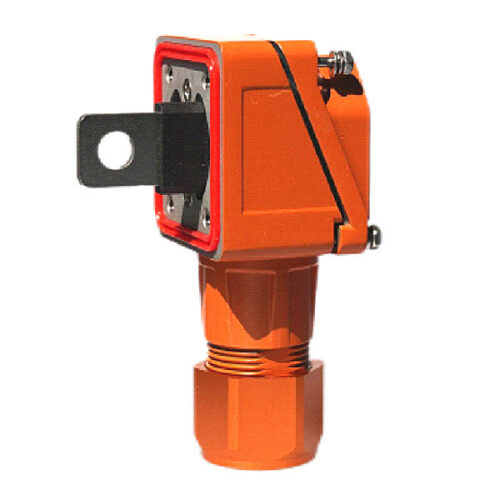
GM Series – Positive and negative junction box – inclined port
-
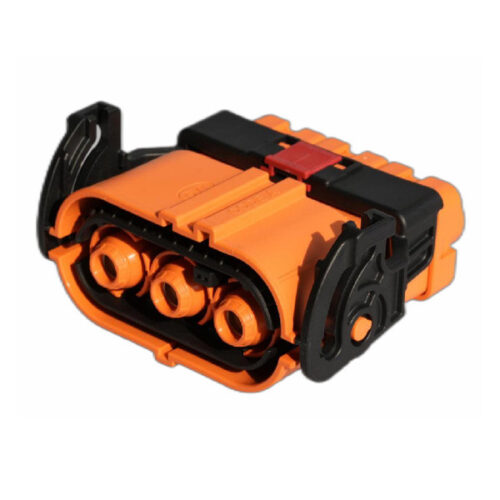
GH800 Series-3-core plastic high voltage connector
-
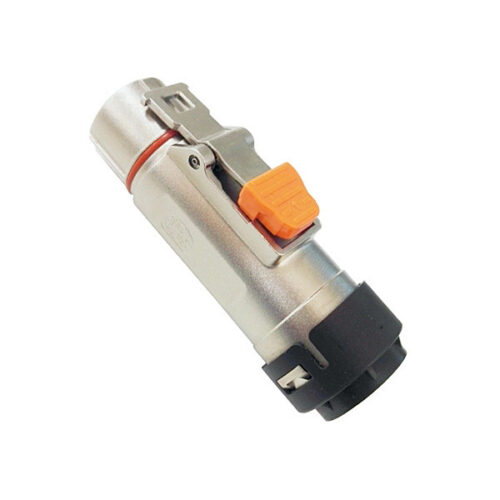
Straight metal connector-10mm-single core
-
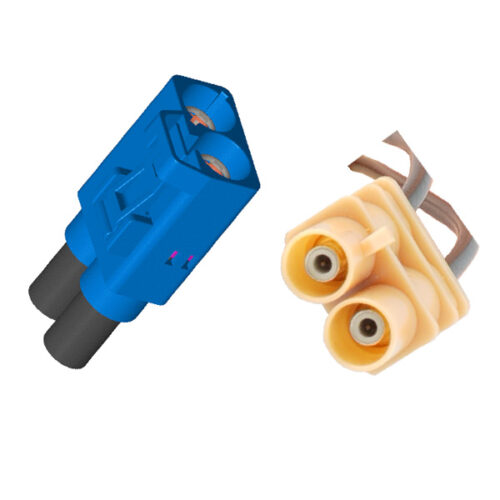
Automotive FAKRA Dual Connector For Wireless Antenna, GPS, Satellite Broadcasting, RF Bluetooth, IVI Information
-
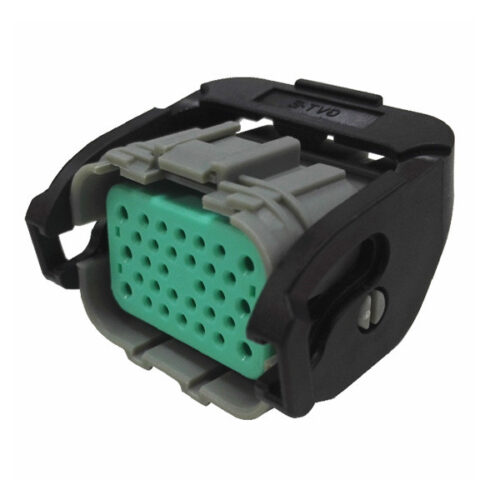
GE Series-32-core rectangular connector
-
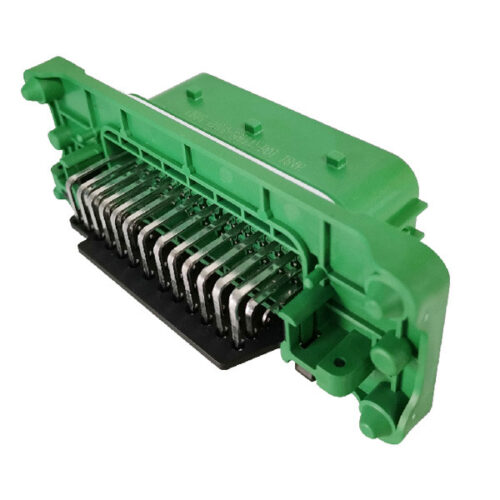
GE Series-39-core rectangular connector-socket
-
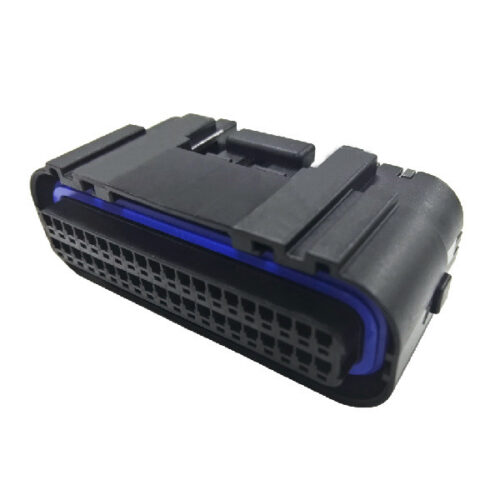
GE Series-34/40-core double-row signal connector
-

GE Series-8-core cylinder connector
